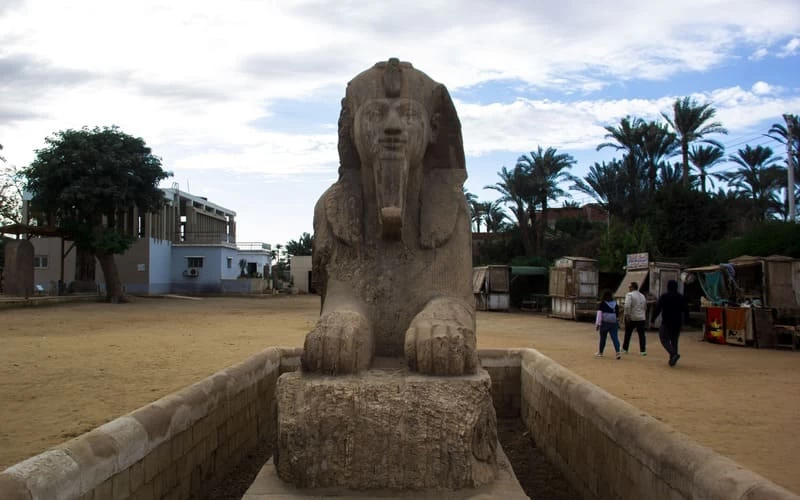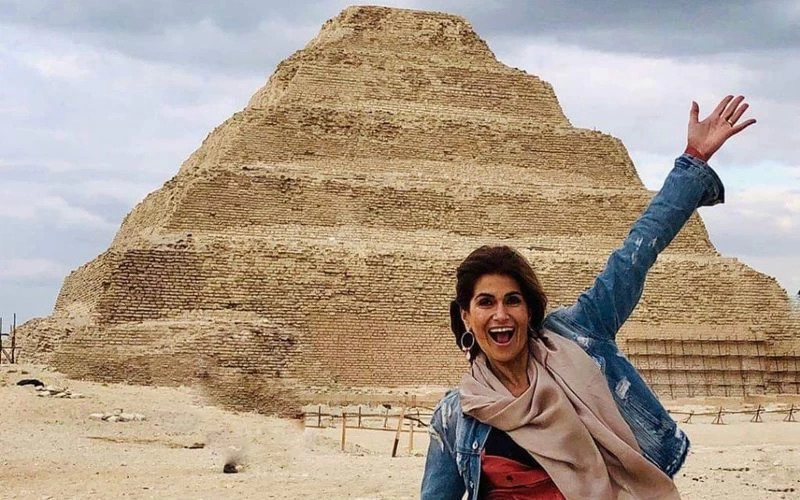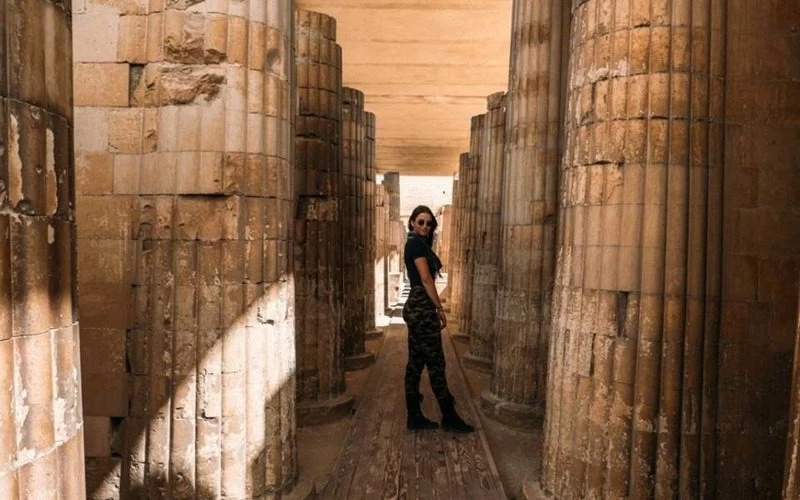Table of Content
The Bent Pyramid
The Bent Pyramid History
Why is the Bent Pyramid Bent
What is the Purpose of the Bent Pyramid
Bent pyramid of sneferu
This fascinating ancient structure, located in Dahshur, Egypt, showcases an unusual architectural design and offers a glimpse into the innovative construction techniques of the Fourth Dynasty. The Bent Pyramid is one of the first attempts by the ancient Egyptians to create something extraordinary that can stand the test of time. This article's main purpose is to offer every traveler all the information and facts about the wonders of the Bent Pyramid.
This article was written by a group of skilled and knowledgeable tour guides, Egyptologists, and travel consultants who know all the details surrounding the great Bent Pyramid.
Join us as we uncover the secrets of this extraordinary pyramid and learn about its historical significance and architectural marvels. Visit Bent Pyramid Tours for more details on our exclusive tours.
The Bent Pyramid

The Bent Pyramid, located in Dahshur, is one of Egypt's most intriguing pyramids. Built by Pharaoh Sneferu, this pyramid stands out due to its distinctive shape, which changes angle halfway up. The Bent Pyramid is one of the first pyramids built in ancient Egyptian history and is a hidden gem that many travelers from all over the world seek to explore in great detail.
The Bent Pyramid is known for its unusual shape, design, and brilliant construction techniques. It is one of the stepping stones in the process of pyramid construction. Many historians and Egyptologists have noted that the Bent Pyramid showcases the evolution of how the pyramids of Egypt came to be, providing valuable insights into early pyramid construction techniques.
Discover the fascinating details of the Bent Pyramid with Sun Pyramids Tours. Book your tour today and immerse yourself in the rich history and architectural marvels of this extraordinary pyramid.
The Bent Pyramid History
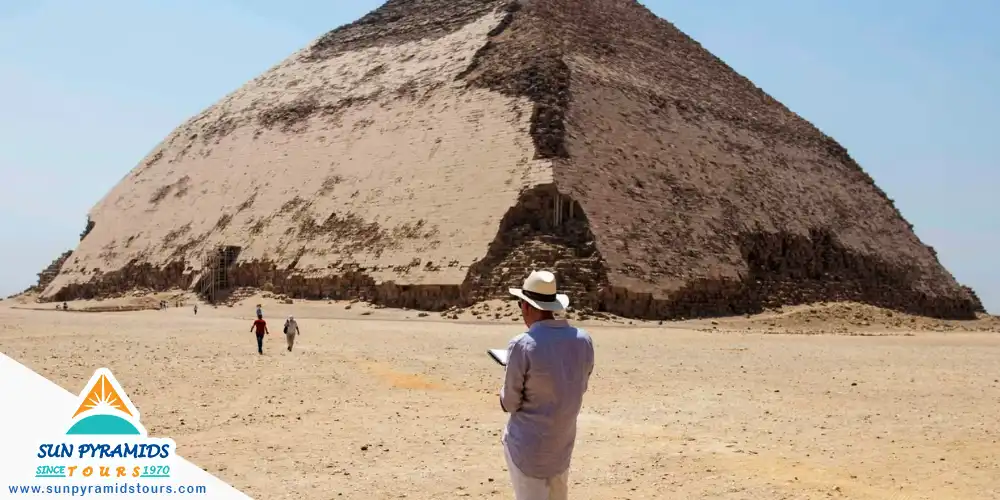
Constructed during the Fourth Dynasty around 2600 BCE, the Bent Pyramid represents a significant step in the evolution of pyramid design. Pharaoh Sneferu, the father of Khufu and the builder of the Great Pyramid of Giza, commissioned this pyramid. Known as "The Southern Shining Pyramid," it stands as a crucial predecessor to the later, more famous pyramids at Giza.
The Bent Pyramid is Sneferu's second attempt to construct a smooth-sided true pyramid, though it faced several engineering challenges, making it more of a transitional structure. Its name, "Snfrw Kha Sneferu," means "Sneferu is shining in the south" or "Sneferu is shining," and it was originally clad in polished Tura limestone.
Explore the rich history and architectural marvel of the Bent Pyramid with Sun Pyramids Tours. Book your tour today and delve into the fascinating legacy of Pharaoh Sneferu. Visit Saqqara Tour Itinerary for more details.
The Bent Pyramid Dimensions
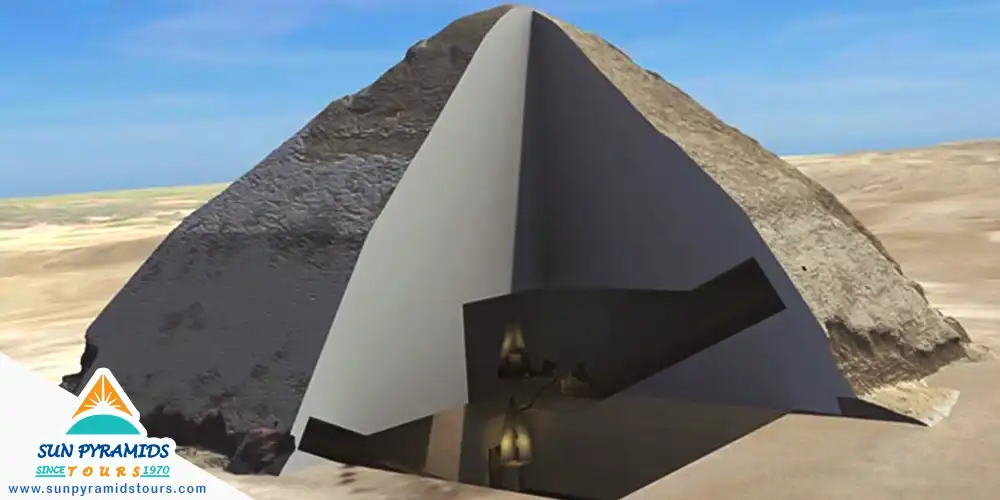
The Bent Pyramid originally stood at a height of 105 meters (344 feet) with a base length of 188 meters (617 feet). Its unique shape, with a lower angle of 54 degrees and an upper angle of 43 degrees, gives it a bent appearance, distinguishing it from other pyramids.
Constructed using limestone rather than mud brick, the pyramid showcases significant engineering feats. Its exact measurements include a height of 104.71 meters (344 ft; 200 cu), with 47.04 meters (154 ft; 90 cu) beneath the bend and 57.67 meters (189 ft; 110 cu) above it. The base measures 189.43 meters (621 ft; 362 cu), narrowing to 123.58 meters (405 ft; 236 cu) at the bend. The total volume is 1,237,040 cubic meters (43,685,655 cu ft). The slope angles are 54°27′44″ below the bend and 43°22′ above it, contributing to its distinctive bent shape.
The Bent Pyramid Dimensions highlight the architectural and engineering prowess of ancient Egyptian builders, showcasing a significant step in the evolution of pyramid construction.
Why is the Bent Pyramid Bent?
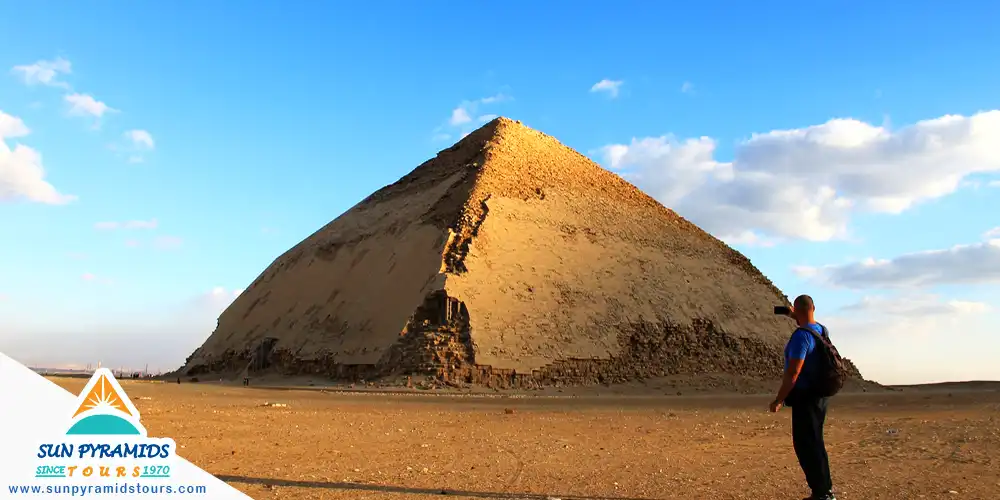
The pyramid is called bent due to miscalculations and engineering problems regarding the structure and the limestone blocks. These problems led to the weight of the entire pyramid being distributed inappropriately, resulting in the bottom section having an angle of 45 degrees while the top half inclining 43 degrees, causing the structure to be known as "The Bent Pyramid."
This distinctive shape is believed to result from a design change during construction. Builders may have altered the angle to prevent collapse due to instability. This change created the pyramid's characteristic bent appearance, showcasing ancient Egyptian engineering adaptability and their ability to respond to structural challenges during construction.
Explore the fascinating reasons behind why the Bent Pyramid Bent? with Sun Pyramids Tours. Book your Saqqara Region Tour Itinerary today and uncover the secrets of this ancient architectural marvel.
What is the Purpose of the Bent Pyramid?

The Bent Pyramid served as a royal tomb for Pharaoh Sneferu. It was part of a larger necropolis at Dahshur, reflecting the religious and cultural significance of pyramid building in ancient Egypt. Its distinctive design highlights early experimentation with pyramid construction techniques.
Facts about Bent Pyramid
The Bent Pyramid is a fascinating structure with several intriguing features:
-
Construction Date and Location: Built around 2600 BC, it is located 40 km (24 mi) south of Cairo on the west bank of the Nile.
-
Preservation: It is one of the best-preserved pyramids in Egypt, retaining much of its original polished limestone casing, unlike most other pyramids.
-
Original Name: The ancient Egyptians called it the Southern Shining Pyramid, and Sneferu is known as the Shining in the South.
-
Design Innovation: It was the first true pyramid to have smooth sides, moving away from the step pyramid design.
-
Dimensions: Originally standing at 105 meters (344 feet), it features two entrances with smooth sides.
-
Angle Shift: The pyramid's sides shift in angle about one-third of the way up, from 54 degrees to a more gentle slope of 43 degrees.
These design innovations paved the way for future pyramids, including the famous ones at Giza.
Explore the Bent Pyramid and its rich history with Sun Pyramids Tours. Book your tour today and uncover the secrets of this extraordinary pyramid. Visit our Saqqara Region Tour Itinerary for more details.
Pharaoh Sneferu
Pharaoh Sneferu, also known as Snofru or Soris (2620-2547 BC), was the founder and first Pharaoh of Egypt's 4th Dynasty (2575–2465 BCE). He married Queen Hetepheres I, mother of his son Khufu, the builder of the Great Pyramid of Giza.
Sneferu ruled Egypt for 24 years, from 2613 B.C. to 2589 B.C. He led numerous military campaigns into Nubia and Libya and constructed Egypt's first ship, "Praise of the Two Lands." His architectural achievements include the construction of three major pyramids: the Red Pyramid, the Bent Pyramid, and the Meidum Pyramid, all located in Dahshur.
The Construction of the Bent Pyramid
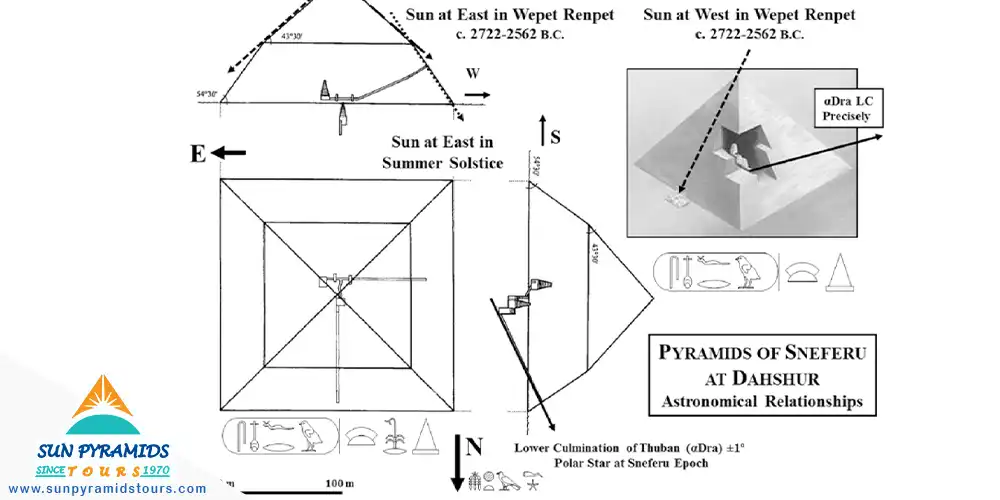
The construction of the Bent Pyramid, considered a true pyramid, involved innovative techniques and substantial manpower. It featured a limestone-polished design with smooth sides, making it the first of its kind.
The Bent Pyramid complex is surrounded by an enclosure wall formed from yellowish-grey local limestone. The pyramid stands at 105 meters (344 feet) high, with its sides initially angled at 54 degrees, then abruptly changing to 43 degrees approximately one-third up.
This change in angle was implemented to prevent the structure from collapsing after signs of weakness were detected. This pyramid is a testament to Sneferu's ambition and ingenuity in early pyramid construction.
Interior Passages
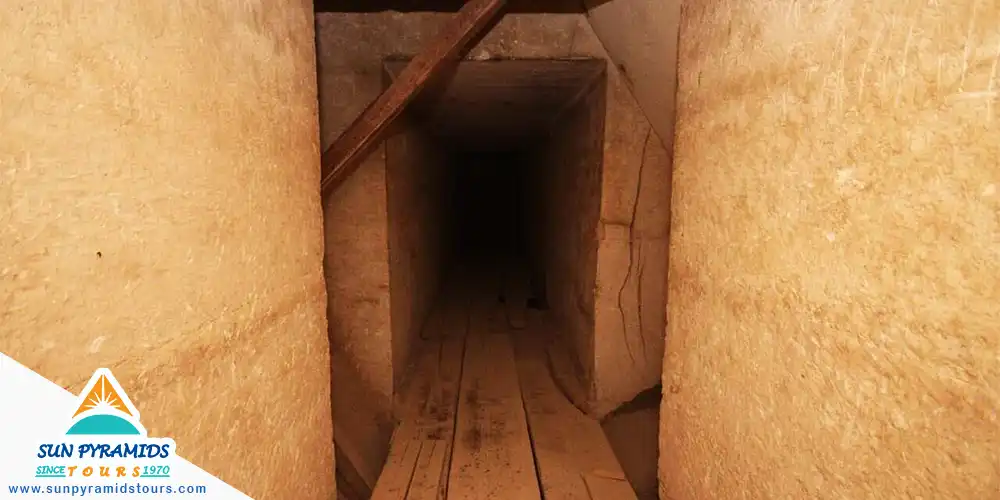
The Bent Pyramid's interior features a complex system of passages and chambers that highlight the architectural advancements of the time. The structure consists of the main Pyramid, a satellite pyramid, a small mortuary temple, and a courtyard, with causeways leading to the valley temple.
It has two entrances: the north entrance, located 12 meters above ground level, leads to a passage that descends to a horizontal corridor and a large antechamber lined with huge limestone slabs featuring a corbelled roof.
The second entrance on the west face, just above ground level, opens to a descending corridor with two portcullis barriers leading to a corbelled upper chamber. The burial chamber is accessible through a descending corridor from the north side. The east side of the Pyramid holds the scattered remains of its temple.
The valley temple of the Bent Pyramid, surrounded by a large mudbrick wall, is the first of its kind and a standard element in later pyramid complexes like those at Giza. These intricate passages provide a glimpse into the innovative construction techniques of ancient Egypt.
Explore the Bent Pyramid and its intricate interior passages with Sun Pyramids Tours. Book your tour today and uncover the secrets of this ancient marvel. For more details, visit our Saqqara Region Tour Itinerary.
The Satellite Pyramid
Adjacent to the Bent Pyramid is a smaller satellite pyramid, likely intended for Sneferu's queen. This secondary pyramid mirrors the main structure's design and provides additional insight into the burial practices and architectural preferences during Sneferu's reign.
The satellite pyramid of the Bent Pyramid was built to house the pharaoh's ka and is located 55 meters south of the Bent Pyramid. It measures 26 meters in height and 52.80 meters in length, with an incline of 44°30'. Constructed with thick limestone blocks arranged in horizontal rows and covered with a layer of fine Tura limestone, it reflects the architectural innovation of the time.
Bent Pyramid Temple
At the base of the Bent Pyramid, there is a mortuary temple that serves as a site for rituals and offerings to honor the pharaoh's spirit. Located on the east corner, the temple was initially constructed in Tura limestone and later expanded with mudbricks.
The temple featured an altar made from two large steles and three substantial limestone blocks resembling the hieroglyph "hip" or "Hotep," which signifies offering. These remains provide valuable insights into the religious and ceremonial aspects of pyramid complexes, highlighting the importance of such structures in ancient Egyptian culture.
Explore the Bent Pyramid and its intriguing mortuary temple with Sun Pyramids Tours. Book your tour today and delve into the ancient wonders of Egypt. Visit our Saqqara Region Tour Itinerary for more details.
Cairo Tours: Exploring The Bent Pyramid and More
Discover the Bent Pyramid and other historical wonders with Sun Pyramids Tours. Our expert guides will lead you through the intriguing history and architecture of this unique structure. Book your tour today to experience the rich heritage of Egypt firsthand. Visit Sun Pyramids Tours for more details.
Why do I book with Sun Pyramids Tours?
Egypt warmly welcomes visitors with its majestic Nile River, desert landscapes, and the fertile Delta, along with its remarkable and awe-inspiring landmarks. With our Egypt tour packages, you’ll have the chance to uncover the most mesmerizing wonders of the land of the Pharaohs, including the iconic Giza Pyramids, the Great Sphinx, Abu Simbel, the Karnak temples, and so much more. The Nile River is also the perfect setting for one of our Nile cruises, where you can sail through history, admiring the magnificent monuments between Luxor and Aswan. The opportunity is right here for you—don’t miss out, book with us today!
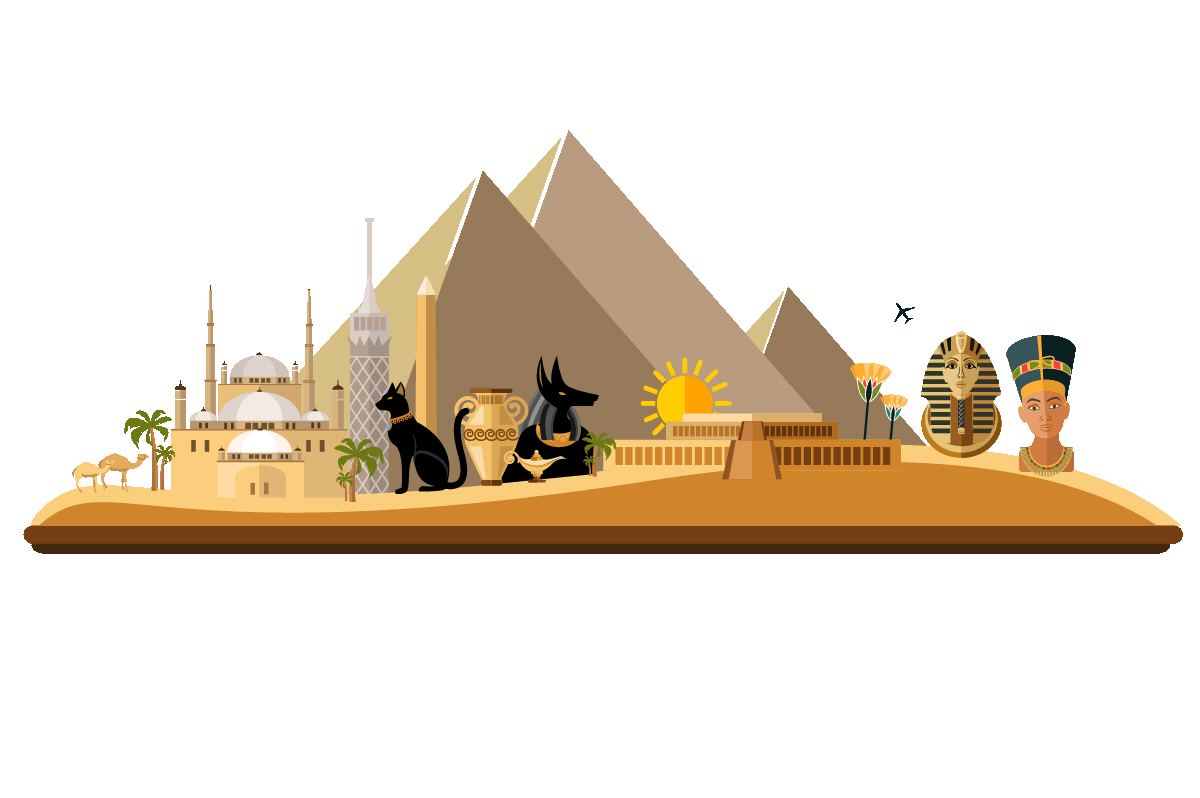
.DvizhAGb.gif)
Plan your next adventure now
Related Tours
Frequently Asked Questions
See more

There are no frequently asked questions :)
Related Blogs
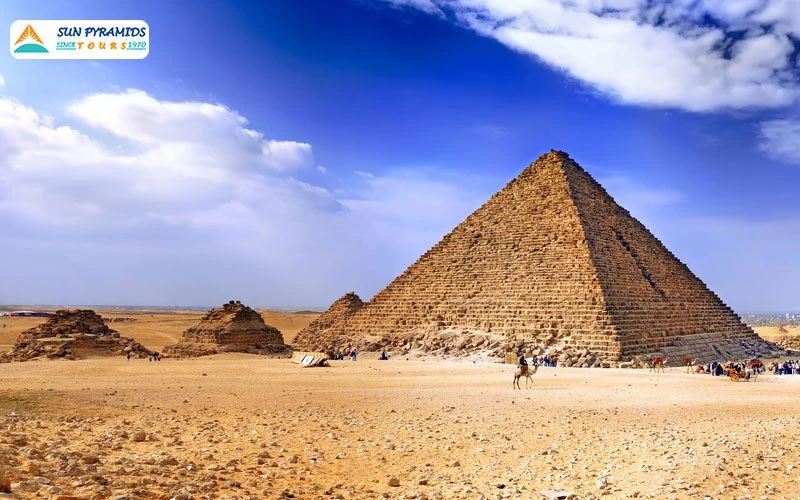
Plan A Trip to Egypt
+1 more
Ultimate Guide: How To Plan A Trip To Egypt
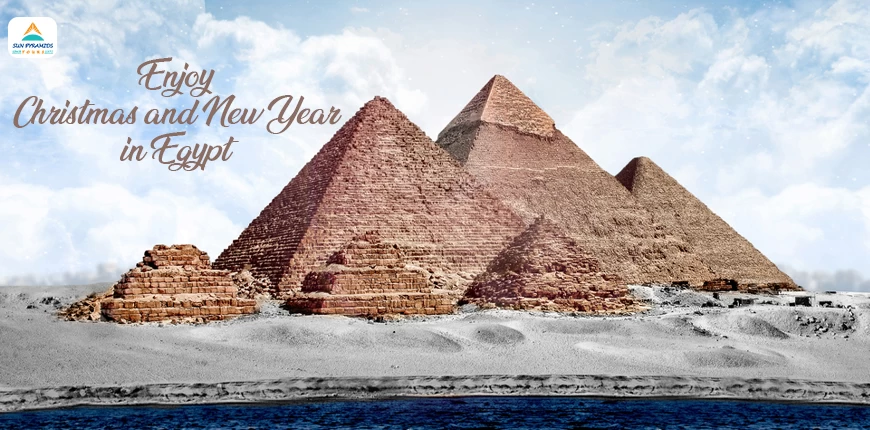
Christmas and New Year in Egypt
+1 more
Christmas and New Year in Egypt

Egypt Hidden Gems
+1 more
Egypt Hidden Gems
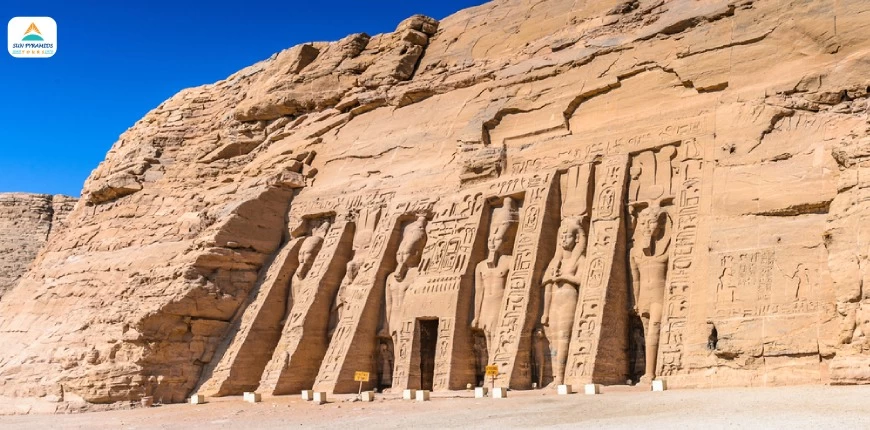
Abu Simbel Temple
+1 more
Abu Simbel Temple
Need help to Finding your Trip?
Offers
Make Trip
trips
Home


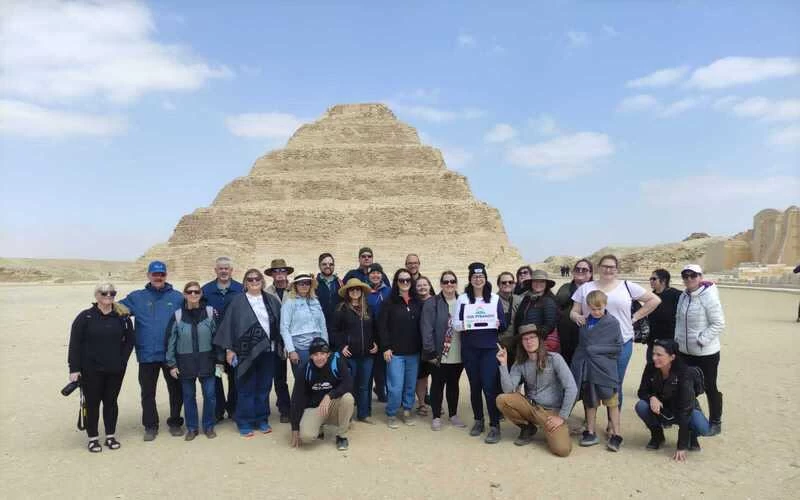
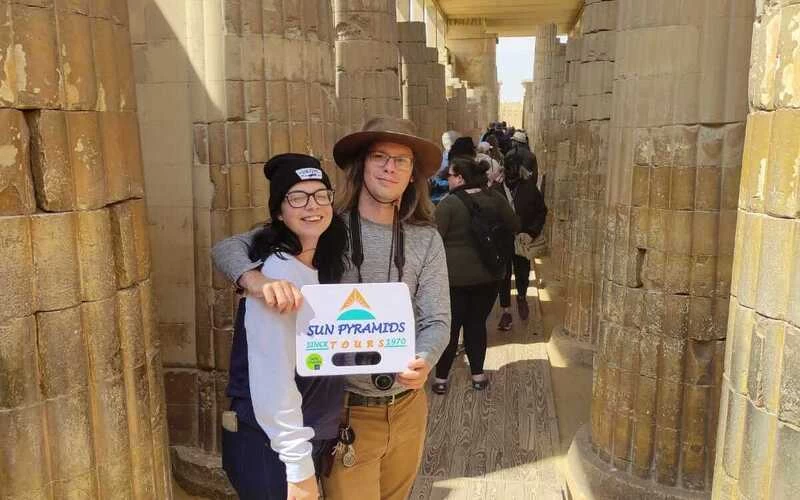
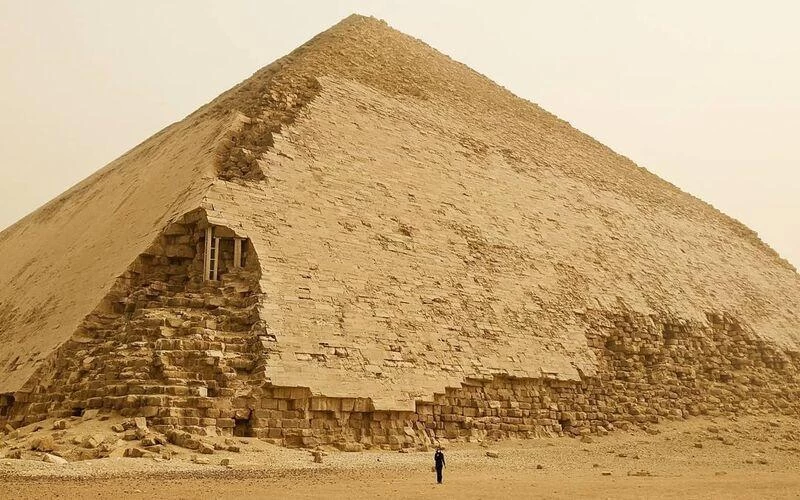


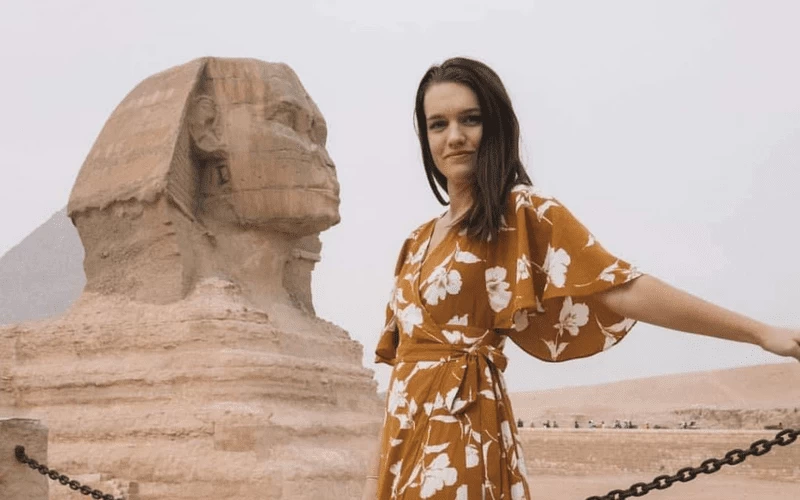
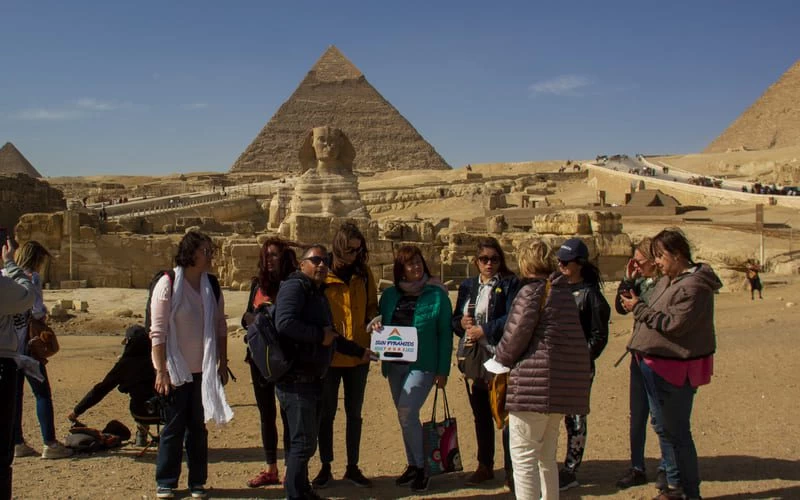
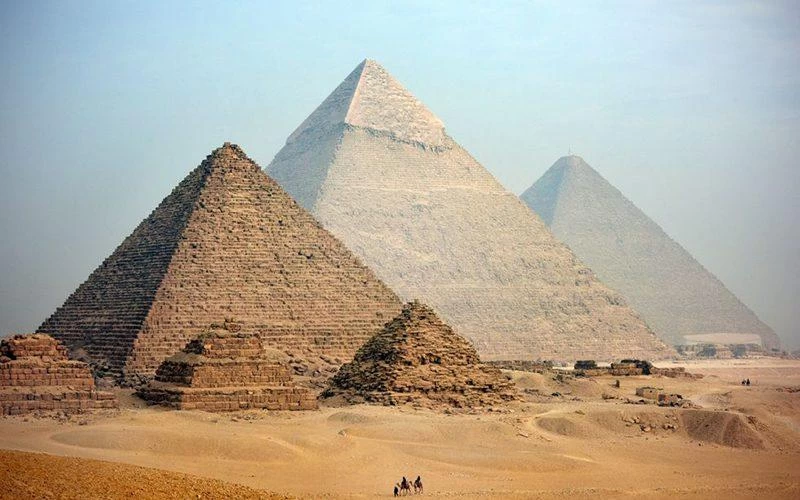

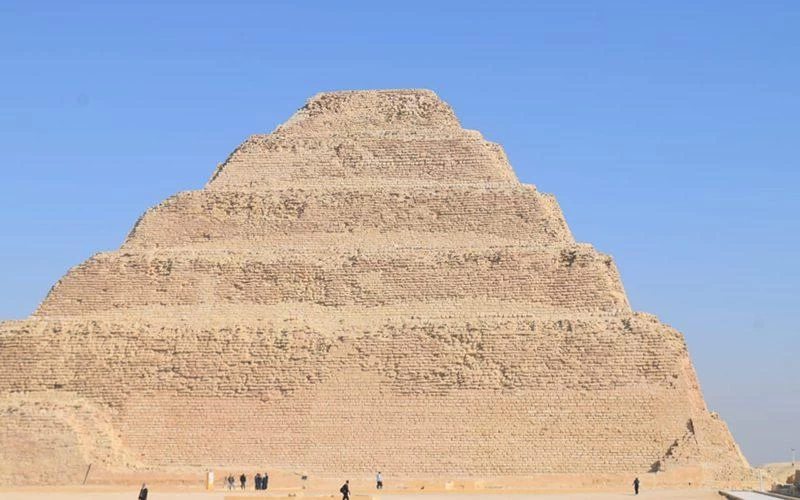
.jpg)

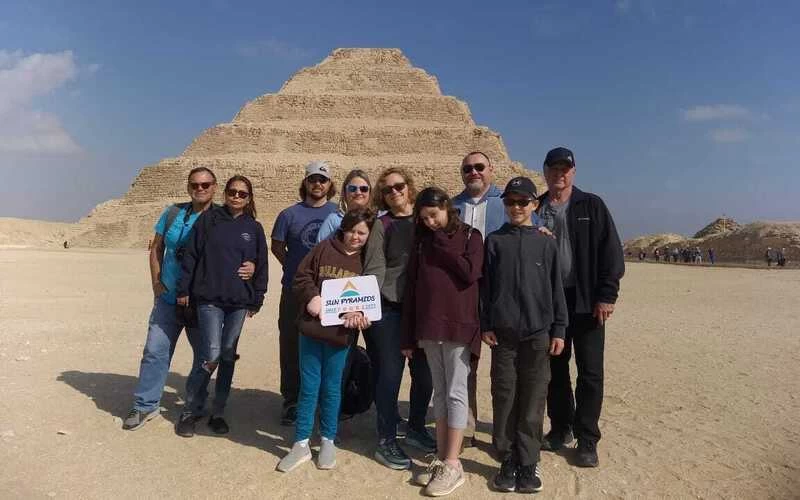

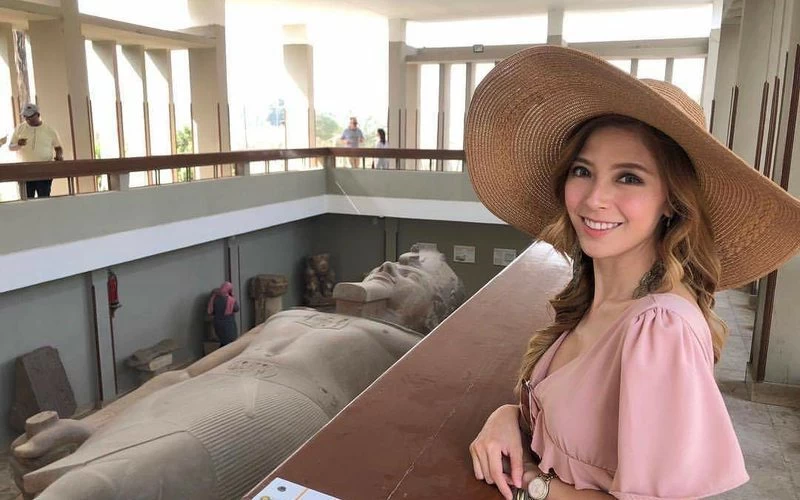
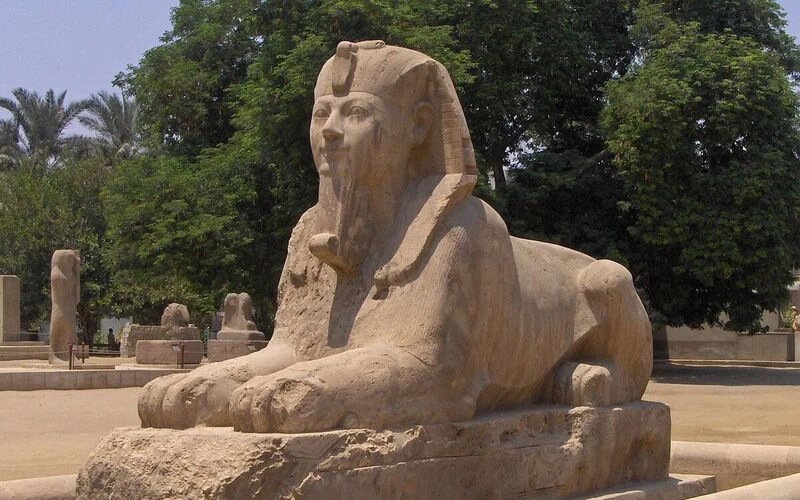
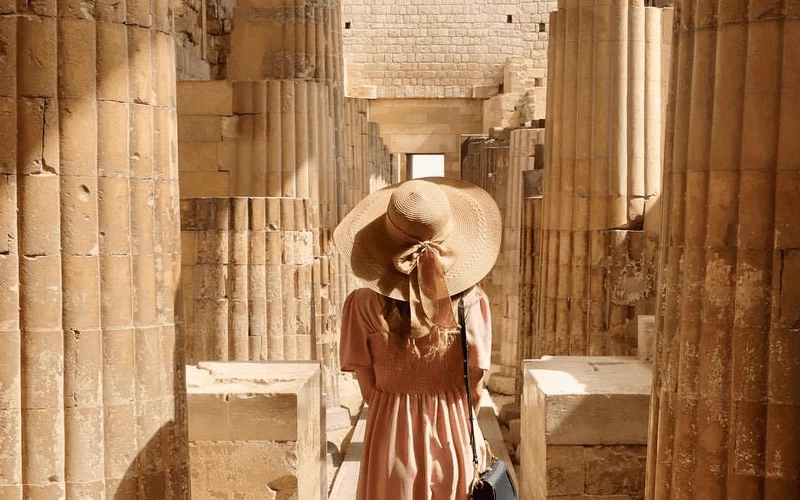
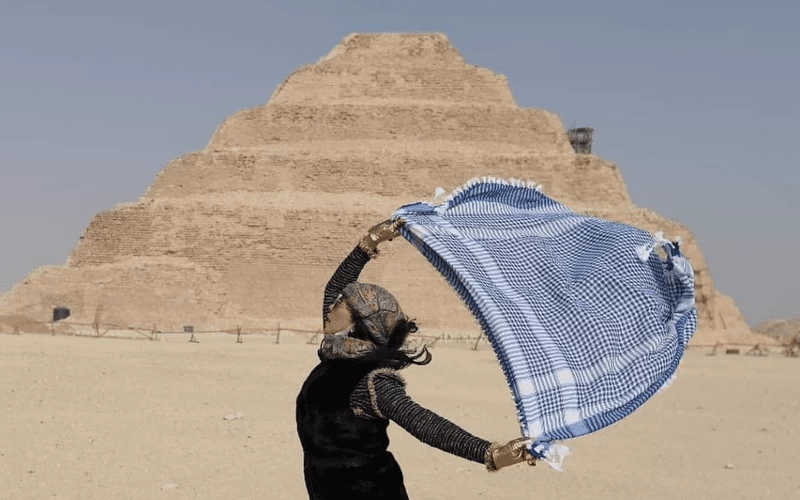
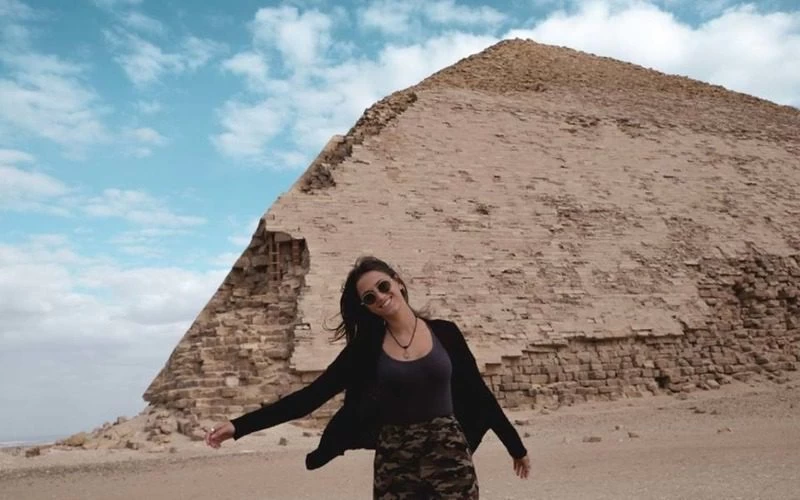
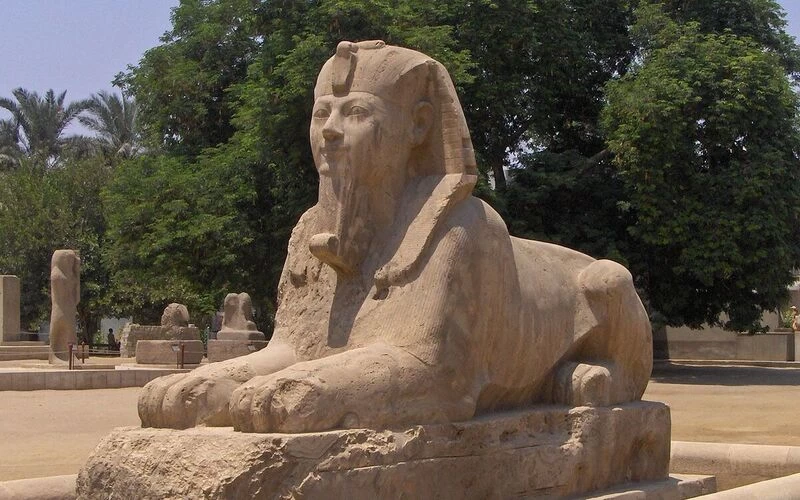
.jpg)
.jpg)
